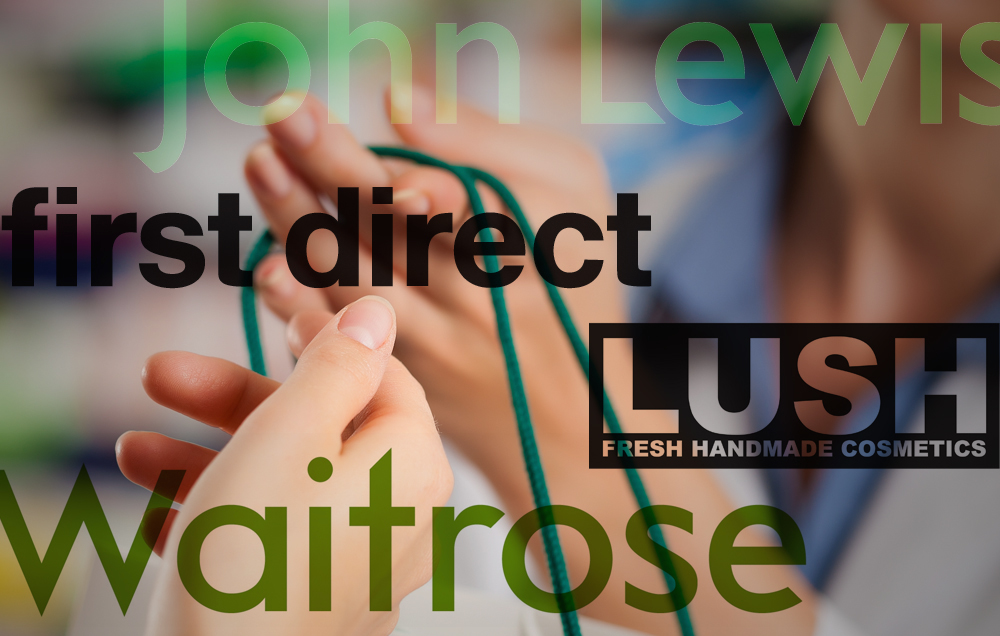Home Depot, Walgreens, and Mercedes-Benz are among the brands with the best mobile experiences. That’s according to business intelligence service L2, which says it benchmarks the digital competence of brands. Here’s who made L2’s list and why.
Home Depot
L2 says Home Depot provides its app users with access to real-time local store inventory and allows customers to scan items in-store to also find them online. In addition, the app’s “In-Store Experience” utilizes geolocation to provide store-specific maps, the catalog can be sorted to display only products available in specific stores and users can swipe to add products to shopping lists.
“This depth of fusion is rare in retail and embodies the perfect way to keep consumers informed, satisfied and returning,” L2 says.
According to Home Depot, consumers can access more than 700,000 products with its app and they can also see how to products will look in their homes using augmented reality.
Per Google Play, the Home Depot app has between 1 million and 5 million installs.
Walgreens
According to the report, an estimated 55 percent of Walgreens shoppers use its app in-store.
The app also supports the brand’s Balance Rewards program, which had 100 million members as of May 2014. The loyalty program also includes mobile coupons. When a loyalty card is scanned at the register, any applicable clipped coupons are automatically applied to the customer’s order, L2 says.
The brand has also integrated its app with iOS Passbook, which Apple says helps users keep coupons, loyalty cards, boarding passes, movie tickets and the like in one place.
What’s more, Walgreens began piloting iBeacon technology, which provides location-based information and services to iOS devices, at select stores in May 2014. Walgreens uses the technology to send push notifications with shopping lists, coupons and product suggestions based on customers’ past purchases. And, per the report, shoppers targeted by the iBeacon were 17 times more likely to use the app.
Walgreens is also testing 3D virtual reality store mapping with partner Aisle411, which allows consumers to search a store’s in-app map to find specific products with coupon, special offers and reward point integrations.
Walgreens says its app also includes a Refill by Scan feature that allows customers to scan barcodes on their prescriptions, as well as pill reminders and photo printing features.
Sephora
Per the report, mobile drives half of online traffic and email opens for the beauty brand and Sephora’s Sephora to Go app is a “best-in-class example of cross-platform loyalty club implementation which also incorporates omnichannel strategy.”
Sephora’s apps let its Beauty Insider loyalty program members see their offers and rewards. L2 says the program also helps consumers manage previous purchases, sampling history and wishlist items. Beauty Insider also helps Sephora track purchases across channels.
In addition, the Beauty Bag feature helps consumers remember favorite brands and shades. Samples are also tracked to encourage customers to revisit and purchase full-size products, L2 says.
For its part, Sephora says the iPhone app allows customers to scan products in store to read reviews, as well as to access photo editing tools and filters for the Beauty Board, a social shopping platform that allows fans to upload photos of themselves.
Starwood Hotels and Resorts
Starwood’s mobile loyalty app has basic loyalty functions, but “raises the bar…with elegant solutions such as leveraging its saved profile in tandem with native geo-local functionality to complete local bookings without any data entry,” L2 says.
What’s more, Starwood allows loyalty club members who have confirmed bookings through the app to check in and access rooms with their mobile devices and some properties are even testing keyless check-in technology. The brand plans to introduce a virtual key to 150 properties in 2015, L2 says.
L’Oréal Paris
According to L2, L’Oreal Paris “translates its content seamlessly to mobile devices.”
That’s because consumers access guided selling tools, curated content and tutorials that blend content and commerce as the brand makes sure the customer journey is never fragmented and always leads to product, L2 says.
Further, L2 says L’Oreal “knocked the ball out of the park” with its Makeup Genius app, which allows users to try on products via augmented reality and has been downloaded more than 1.7 million times.
“This technology [in Makeup Genius] is truly unique — it’s the same stuff used in Benjamin Button, allowing Brad Pitt to age backwards from an old man to a young boy,” L’Oreal says in a post on its website.
Tory Burch
Tory Burch’s Tory Daily app opens to the Tory Daily blog and integrates the ecommerce site through “persistent navigation, avoiding the bifurcated or segregated site experience that is observed with blogs across many peers,” L2 notes. In addition, blog entries are linked to product pages.
L2 says the apparel brand’s Tory’s Gift Guide is “an example of rich content that moves the consumer down the purchase funnel, both online and offline.”
Product pages allow consumers to buy online or find products in-store with real-time in-store inventory. In addition, the tablet site supports seasonal look books, which allow consumers to shop outfits by clicking on “Add All to Bag” buttons.
The iPhone app also includes filters and frames for Instagram and Facebook.
Mercedes-Benz
The auto brand’s U.S. site is built in HTML5, which supports touch and swipe gestures on mobile devices, L2 says. It also allows content to be optimized for a range of device sizes and orientations.
What’s more, the brand’s mobile-optimized content gives consumers access to tools like requesting quotes, estimating payments, and applying for credit. And site features like links to dealer sites, offers, configurators and live chat, which help drive consumers to purchase, are also maintained in content accessed from mobile devices, L2 adds.
Physicians Formula
According to L2, cosmetics brand Physicians Formula “emerged as a leader in responsive site design” in 2014 thanks to a design that shares HTML5 code and digital assets across desktop, tablet and mobile and creates a cohesive user experience on each.
The site is designed for product research and discovery and uses a fluid grid for gallery product pages to optimize screen size and orientation, L2 says. Physicians Formula has also implemented touch and swipe support and menus are mobile-optimized.


